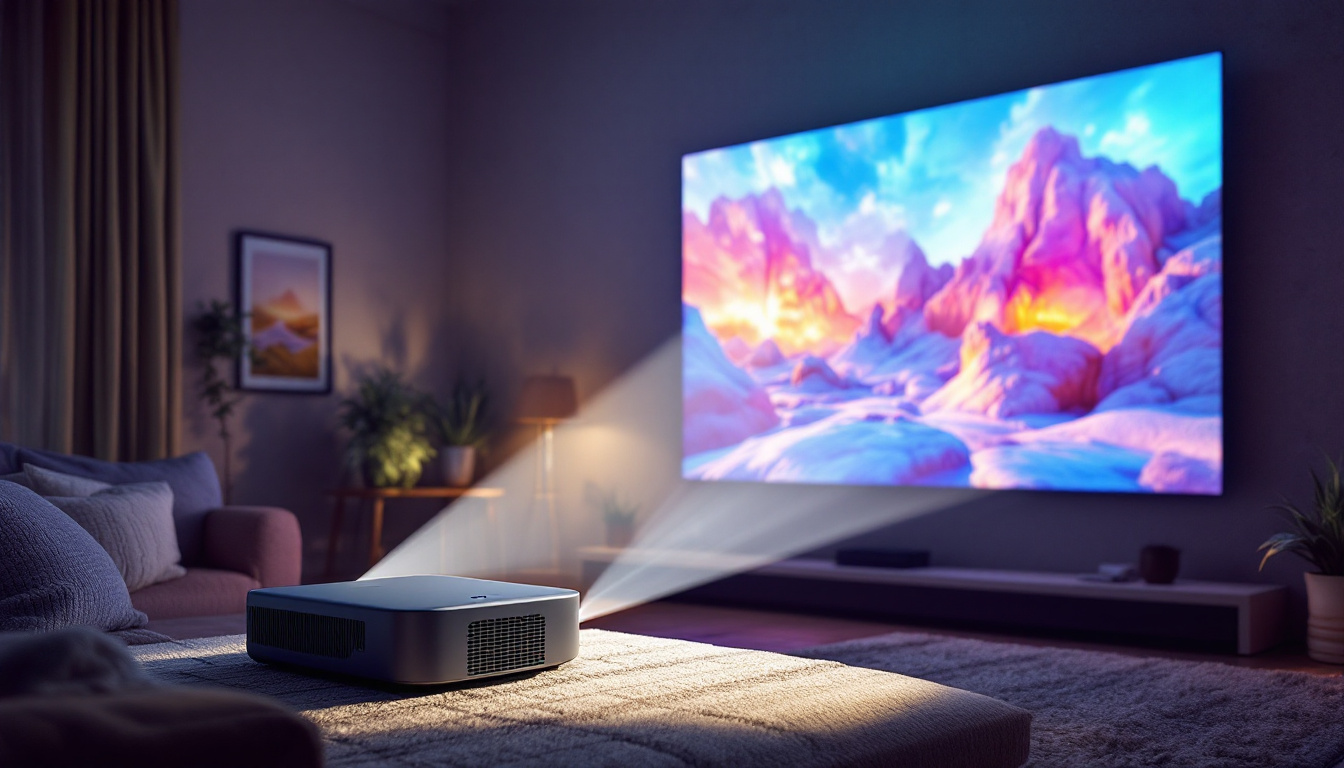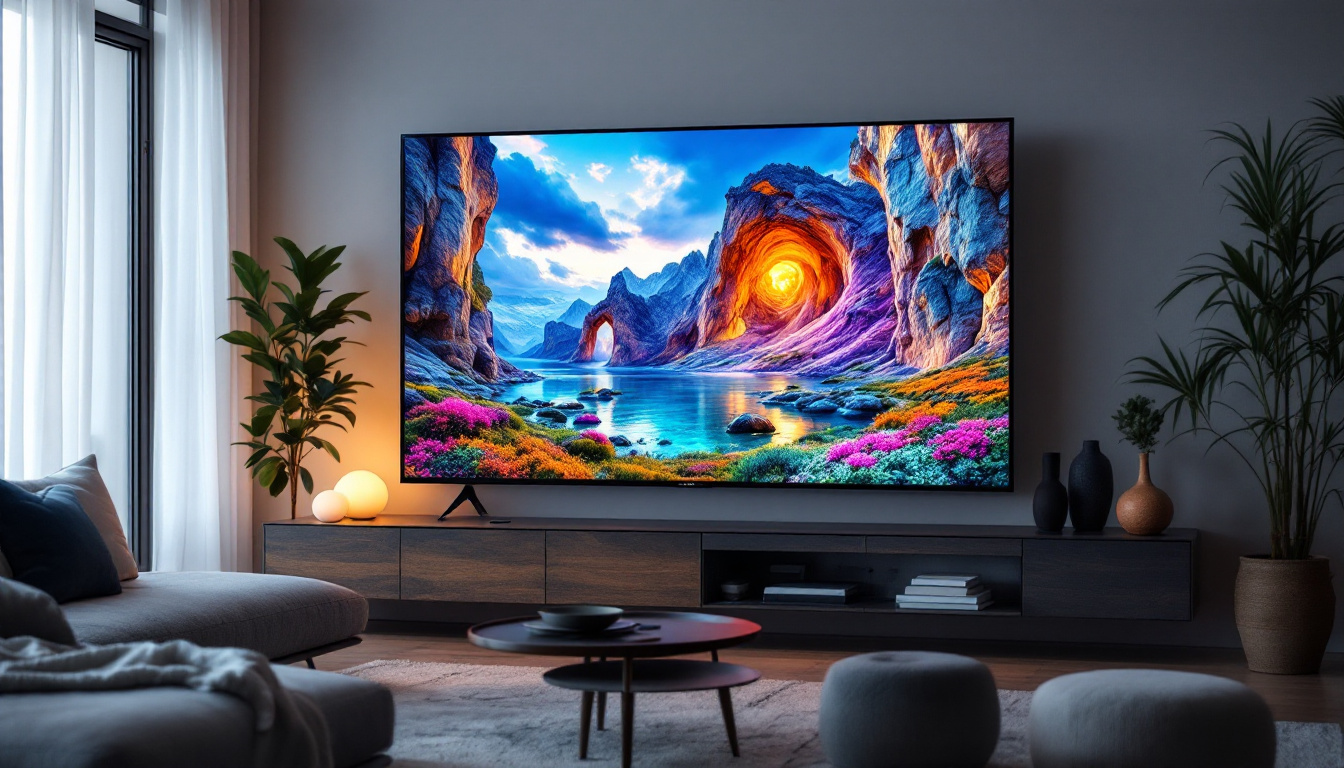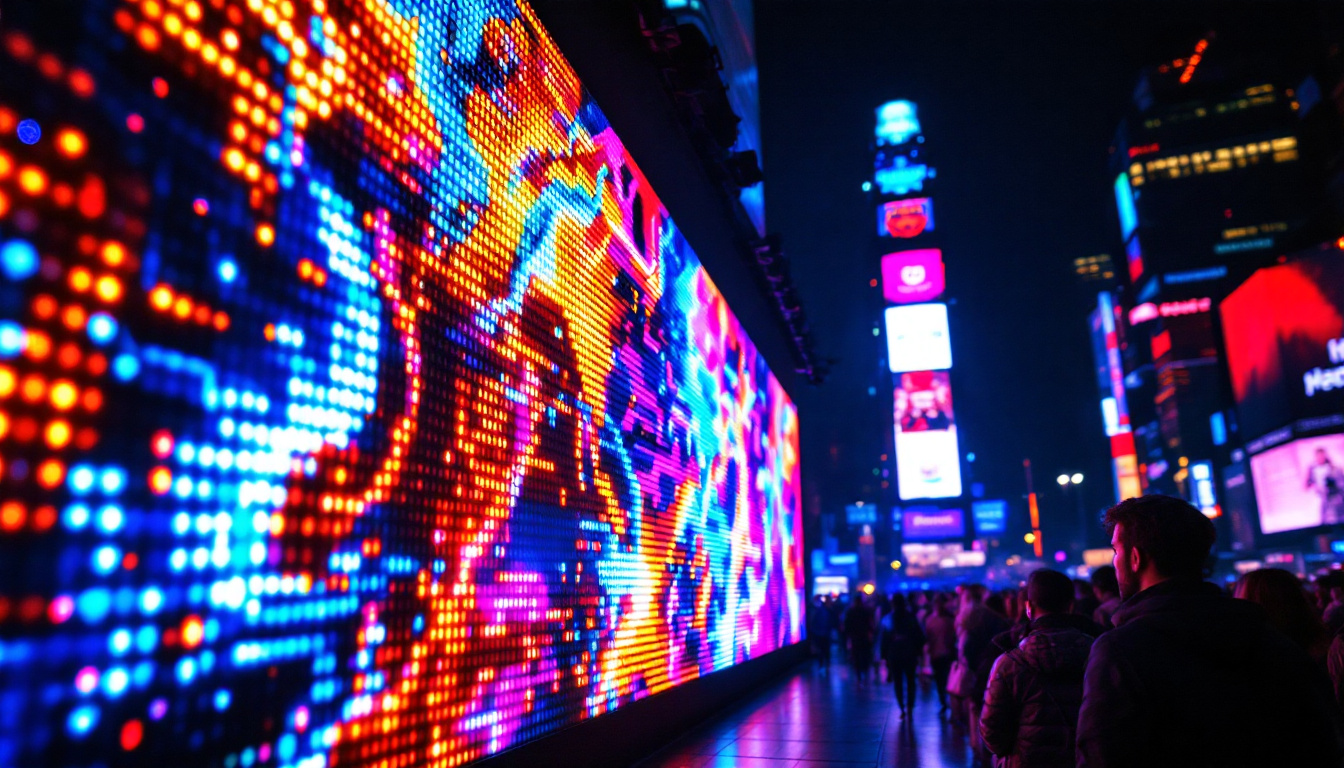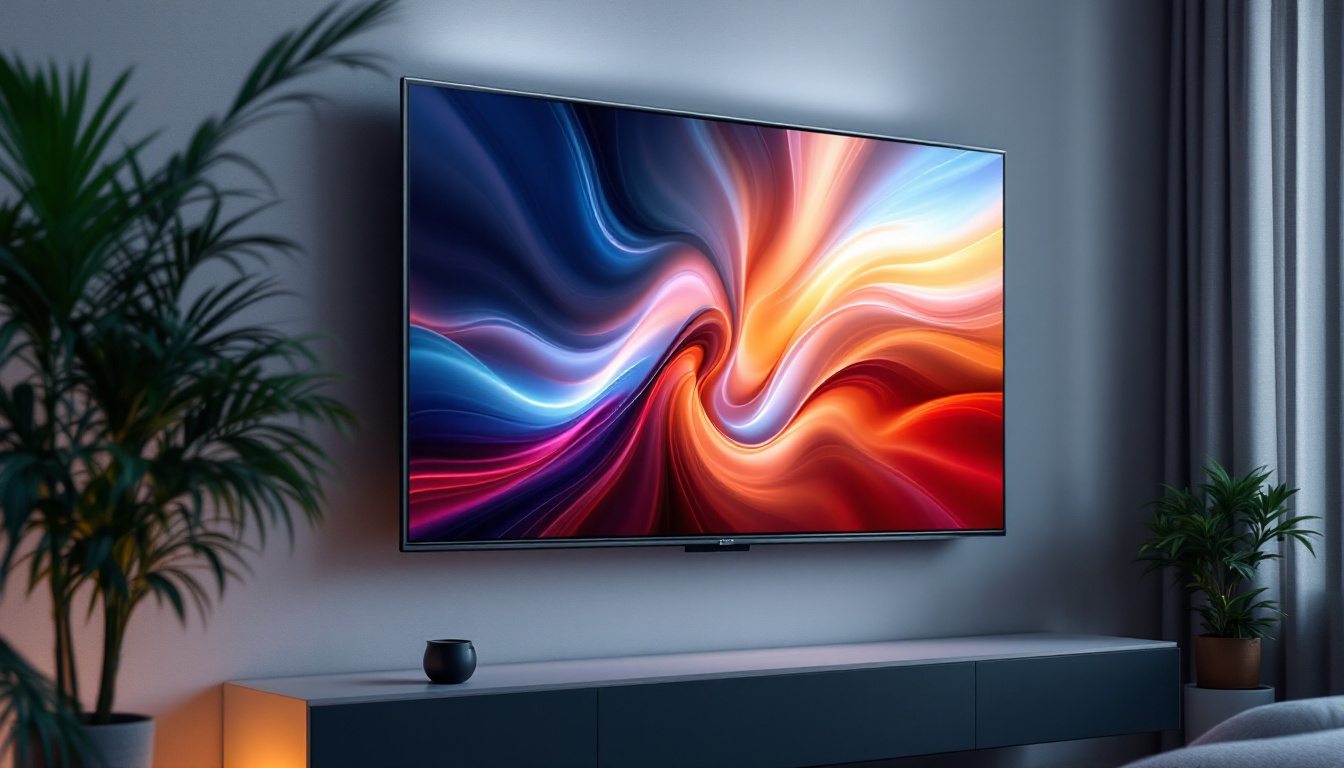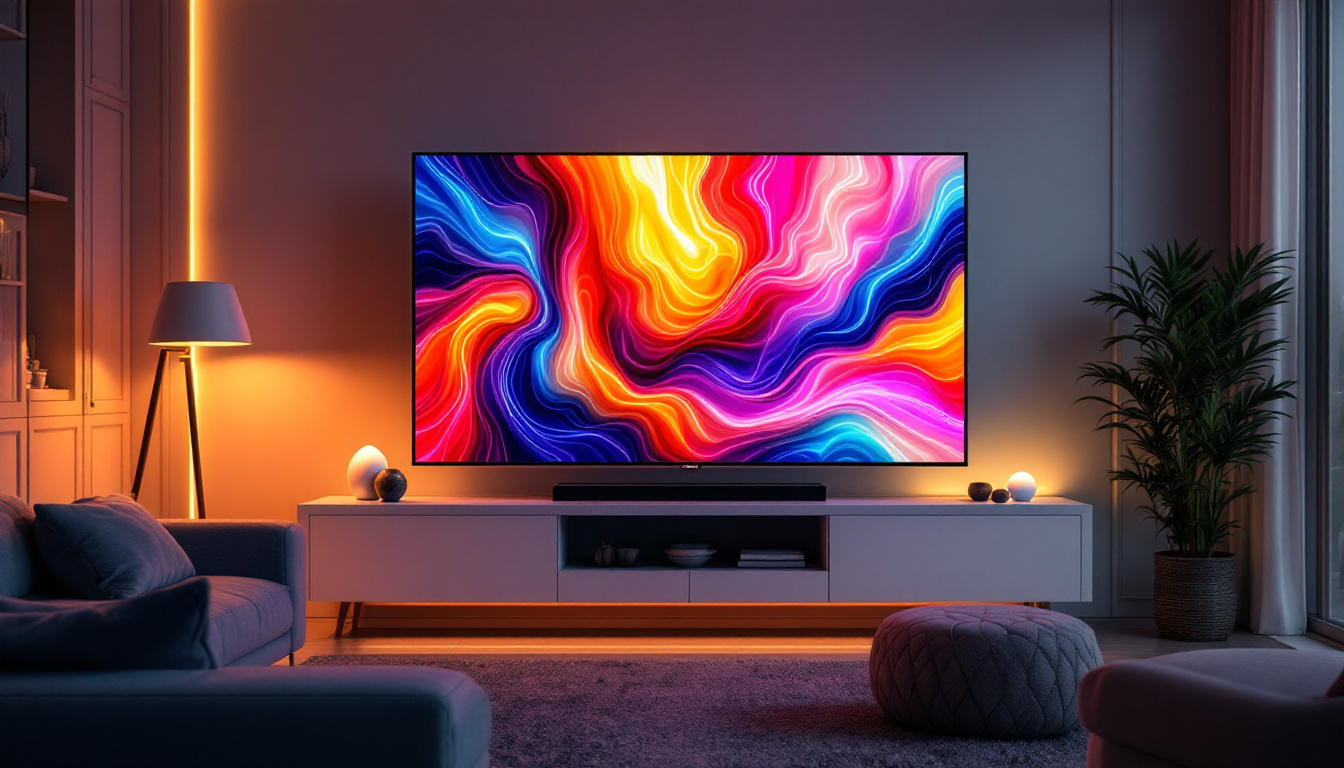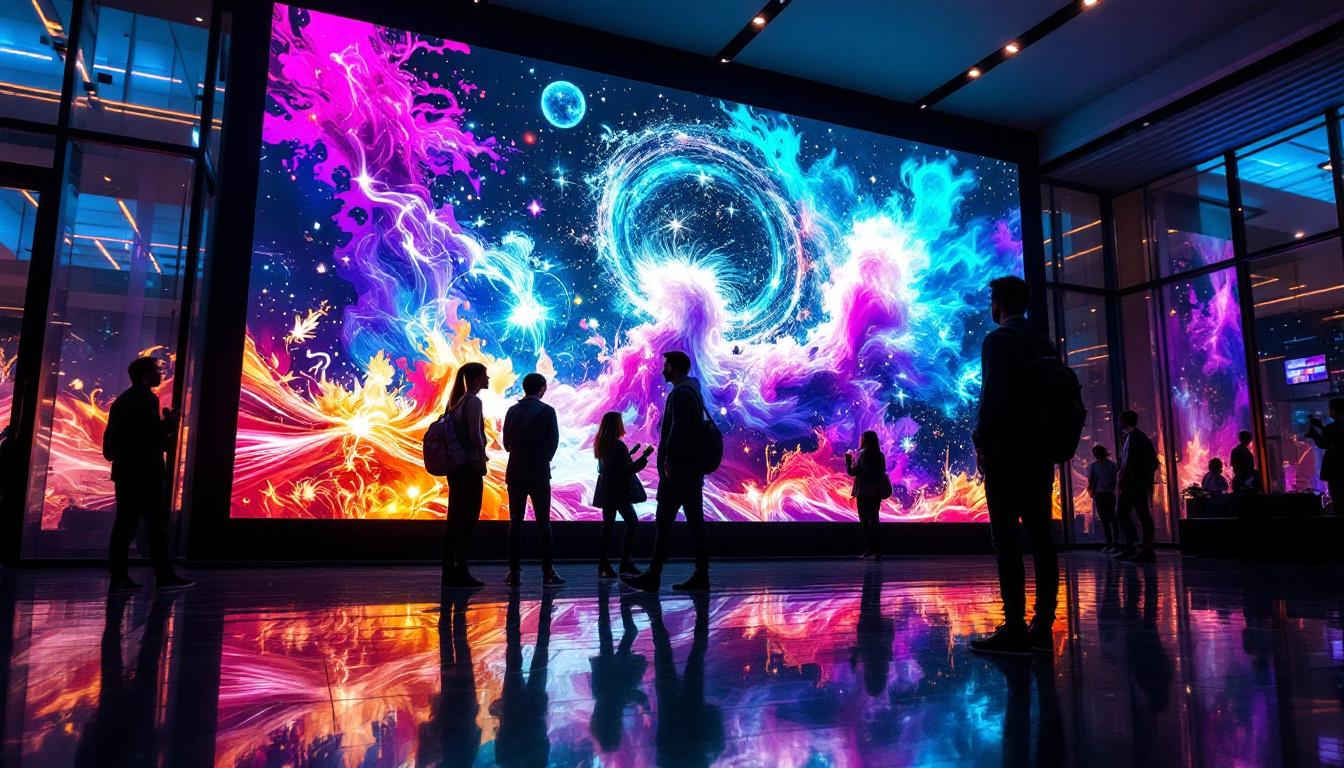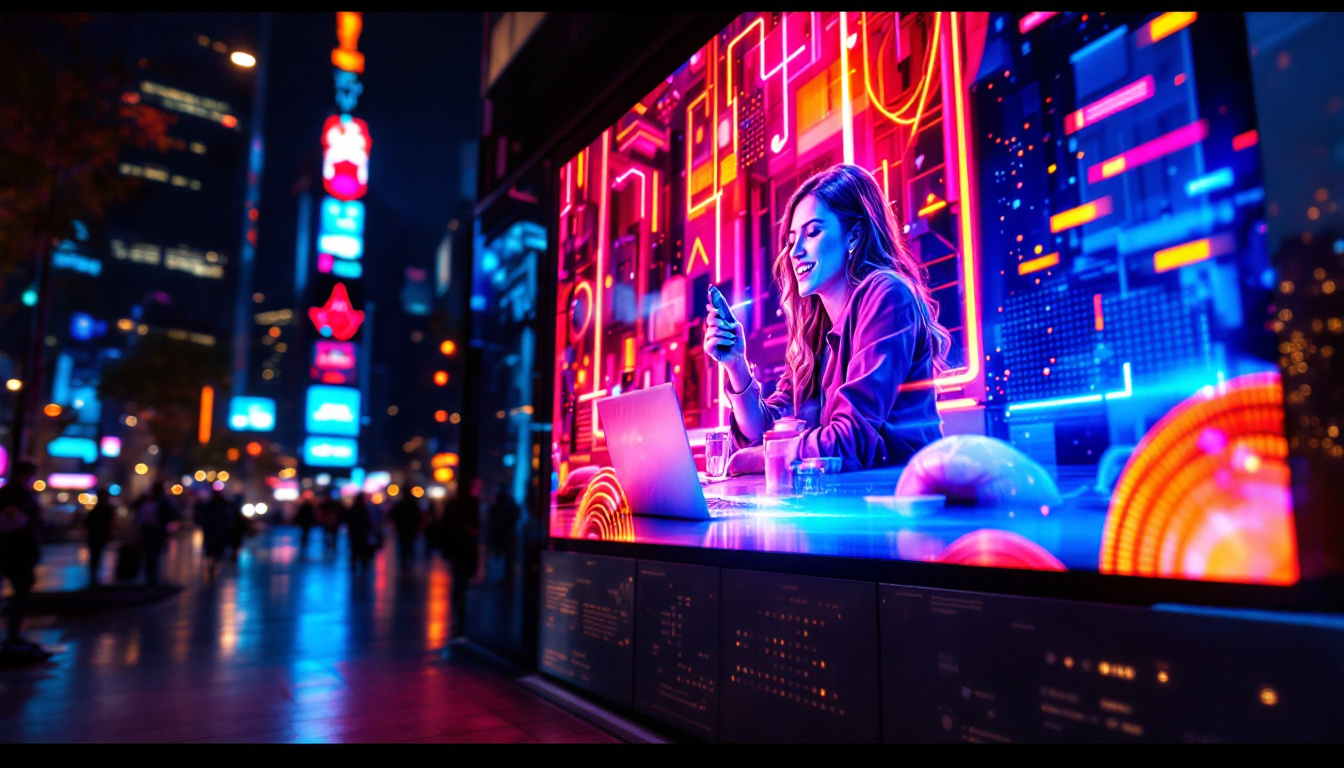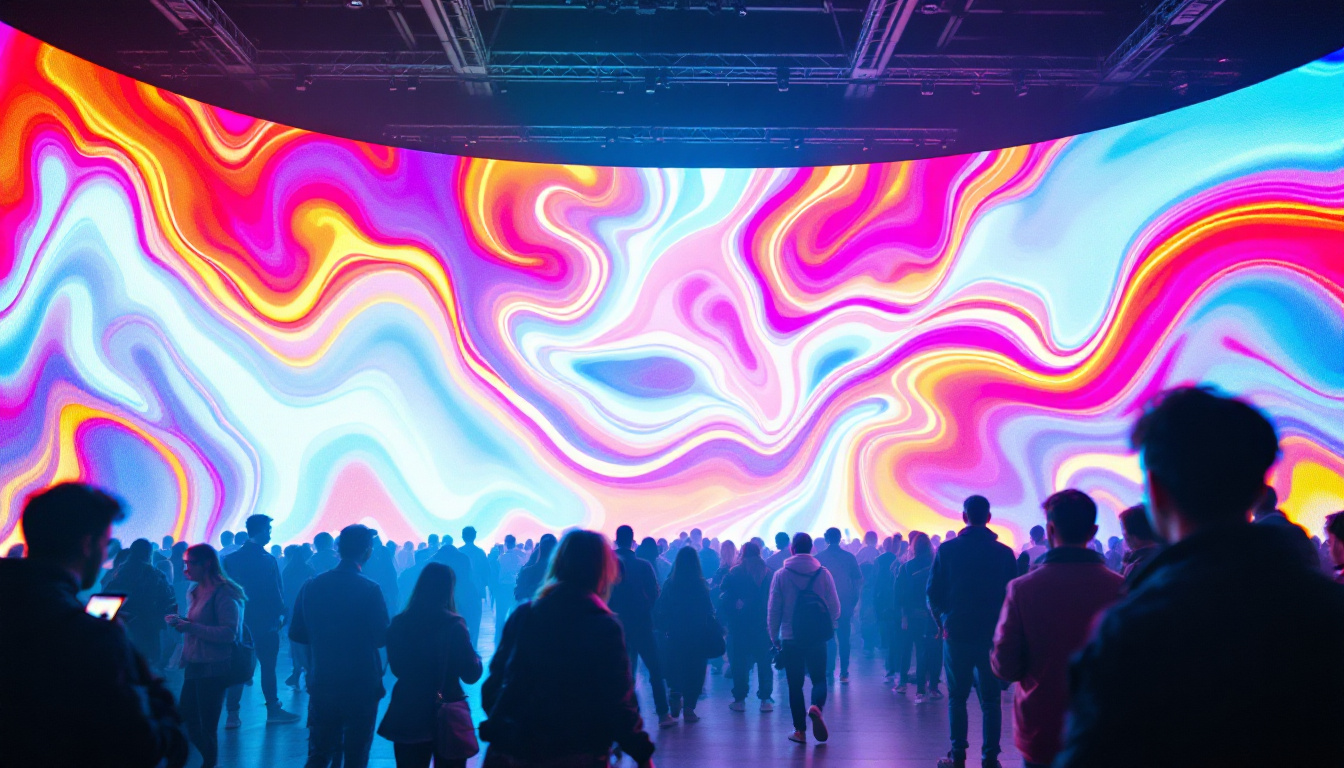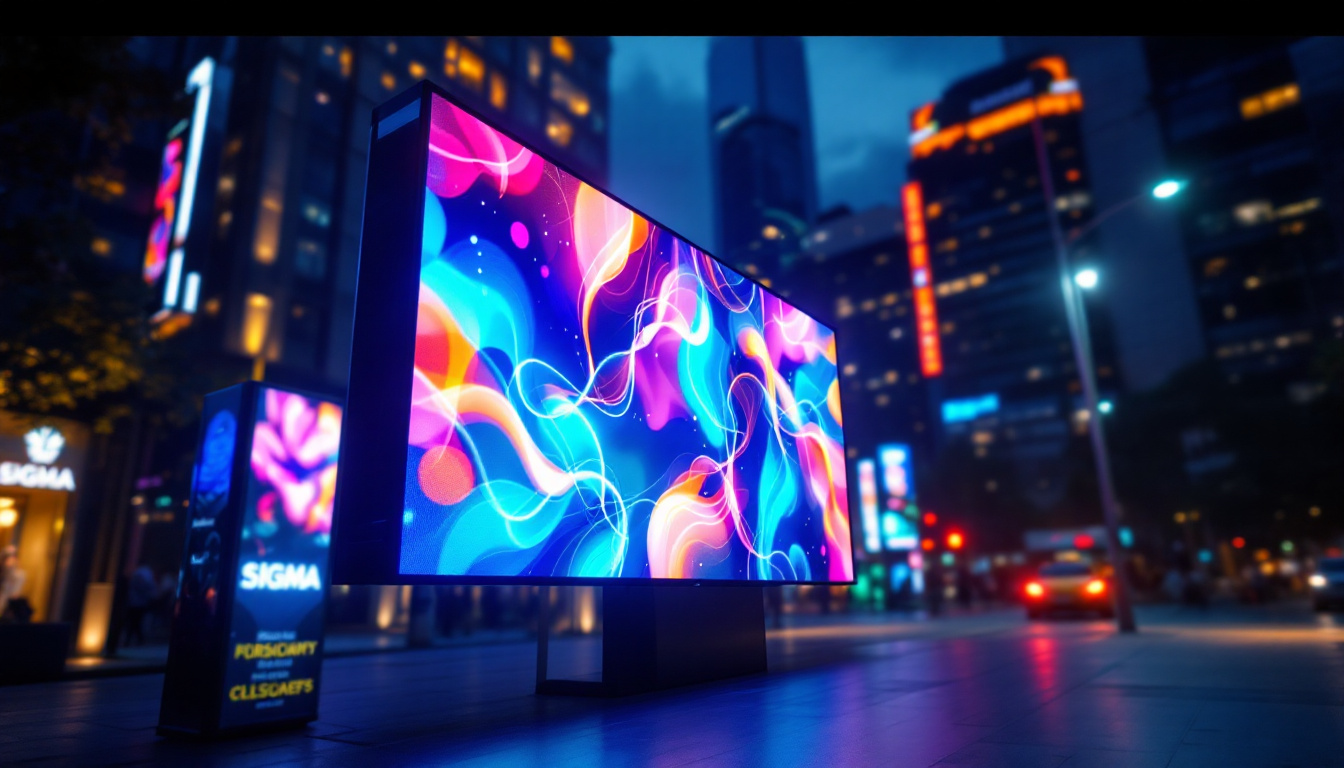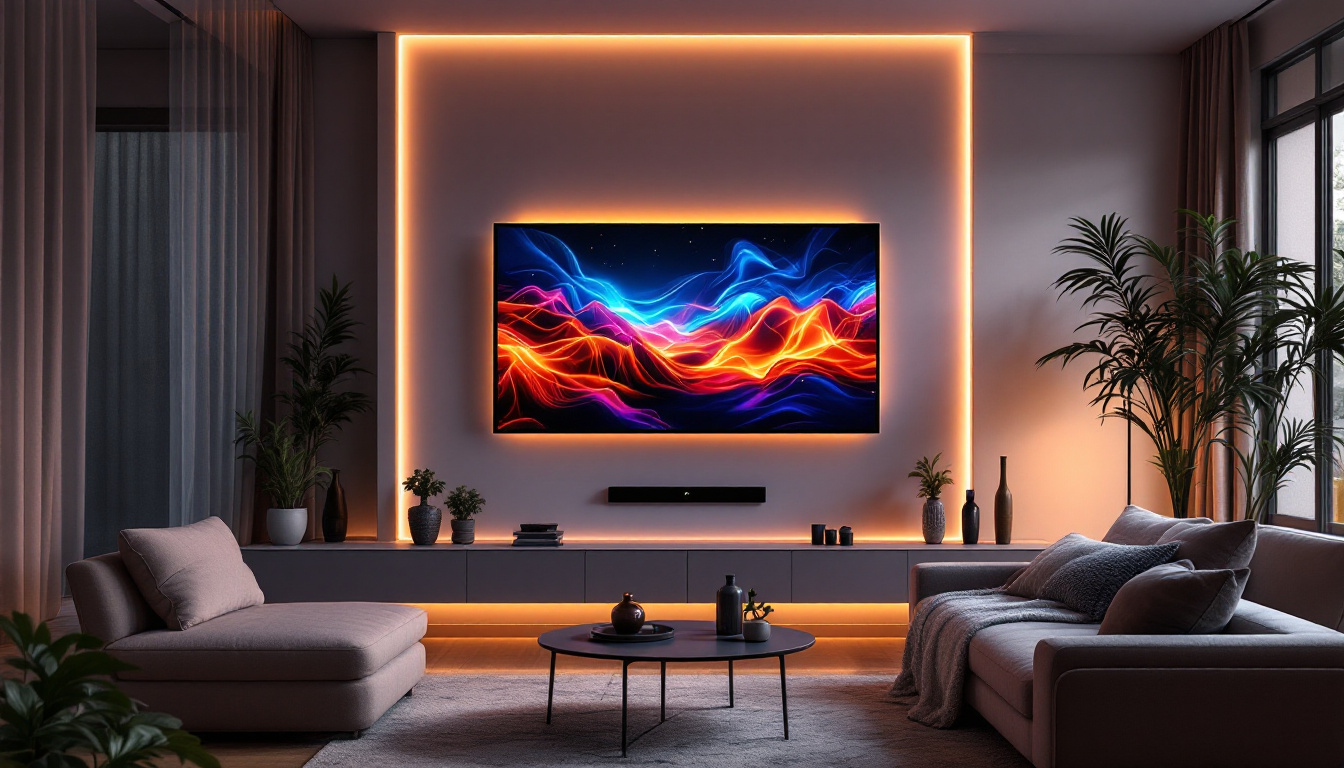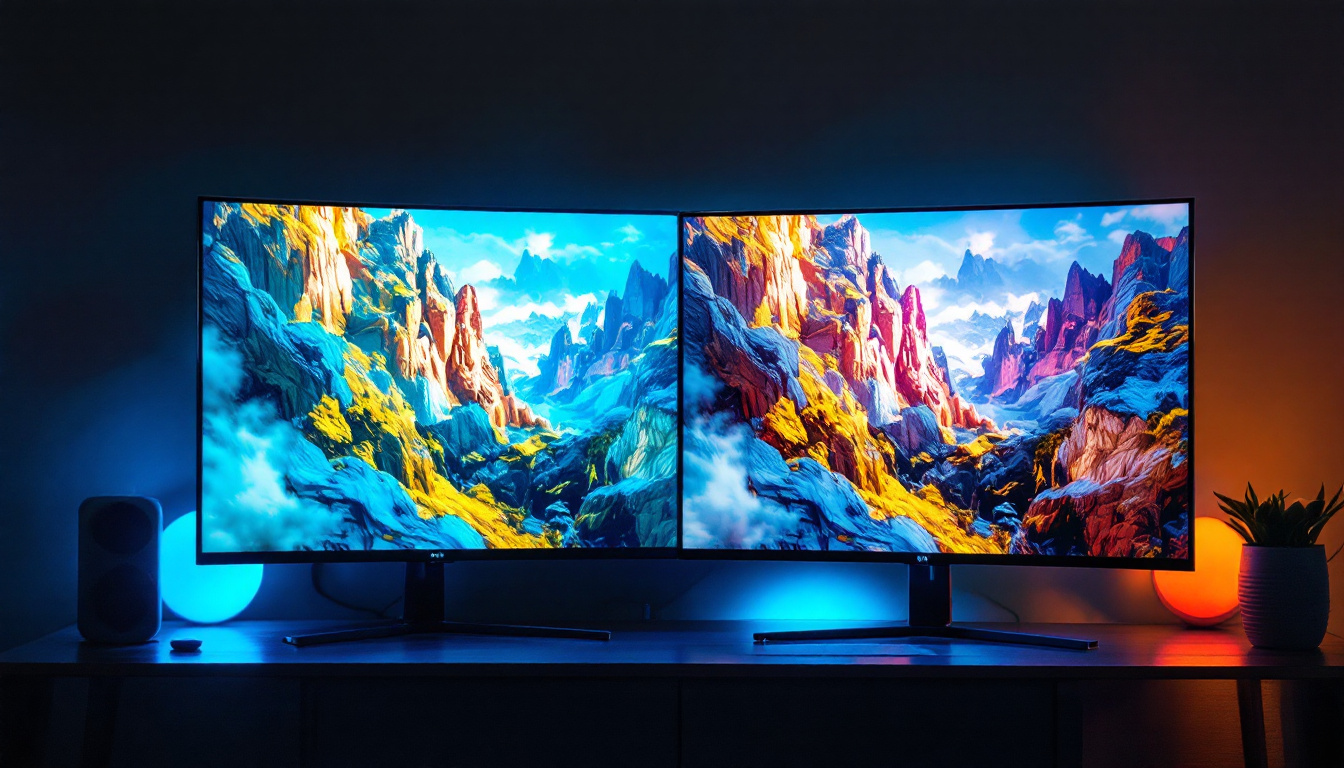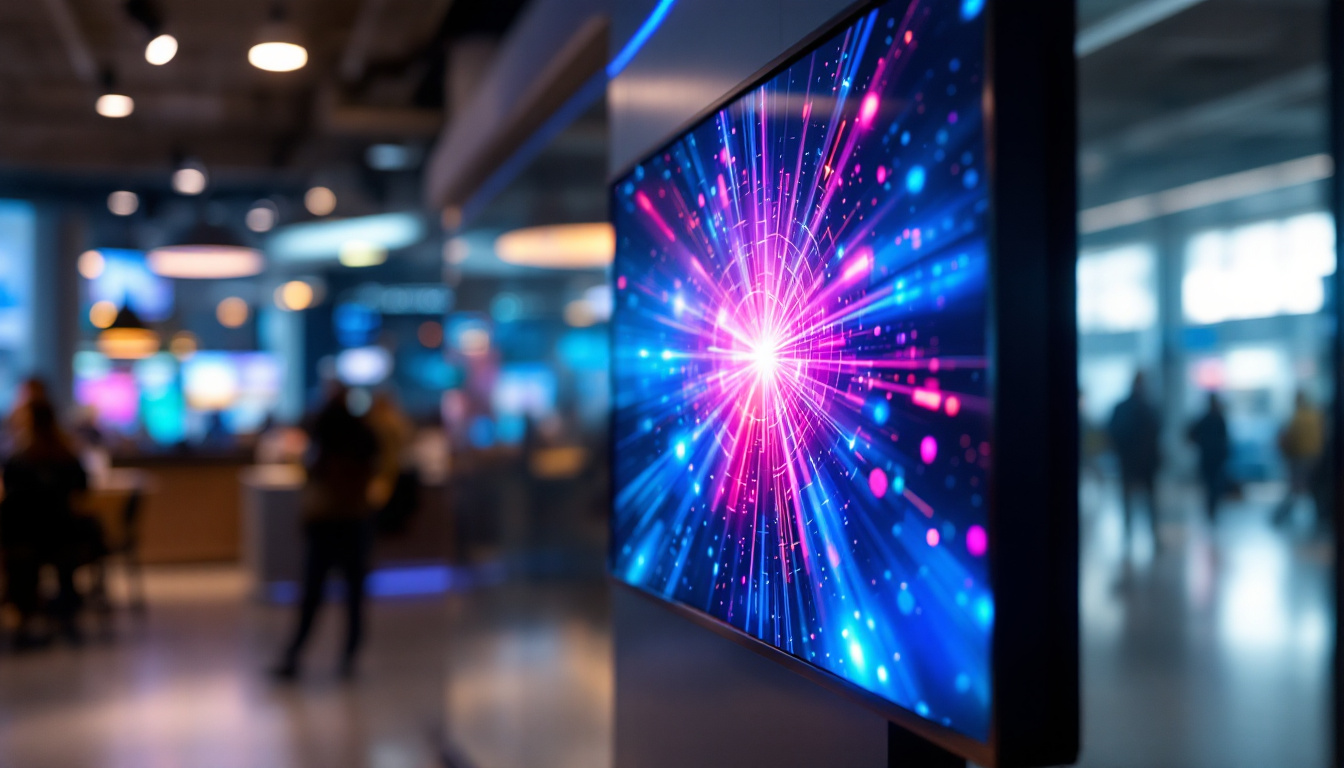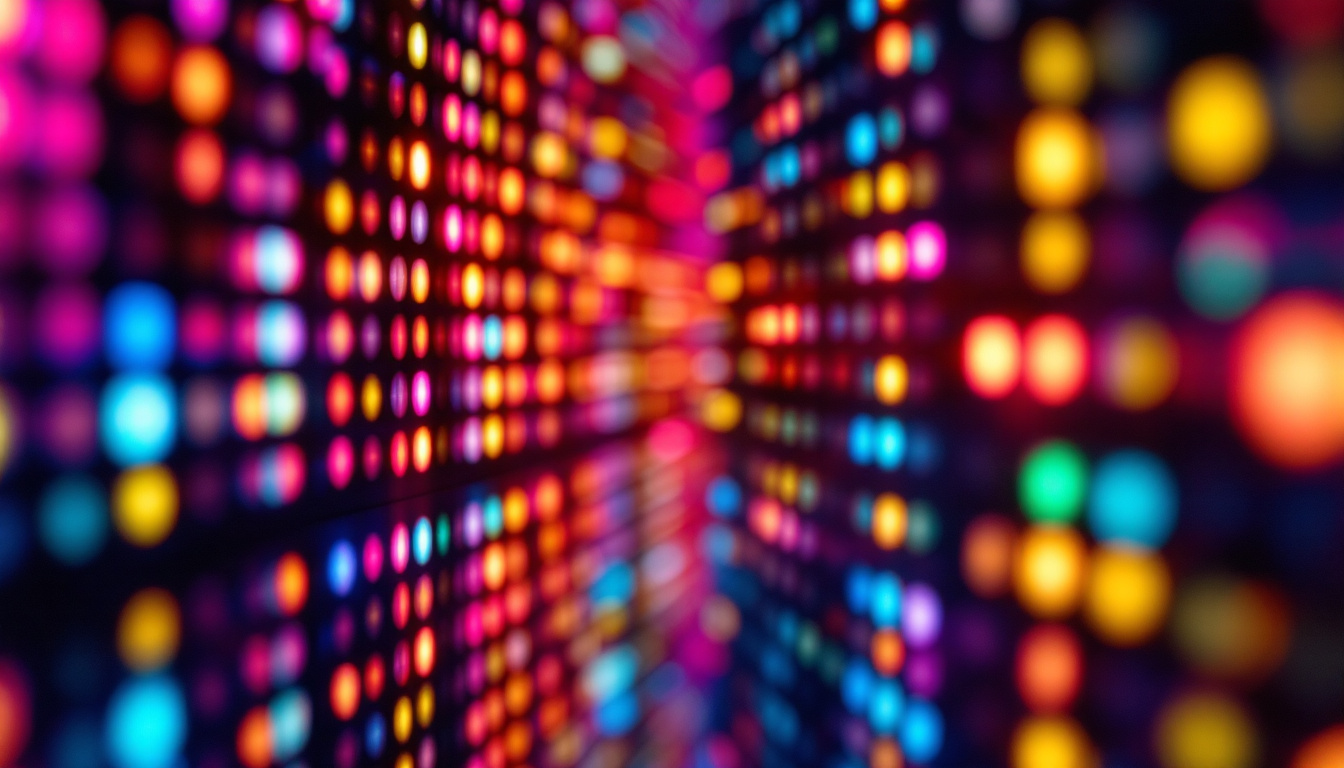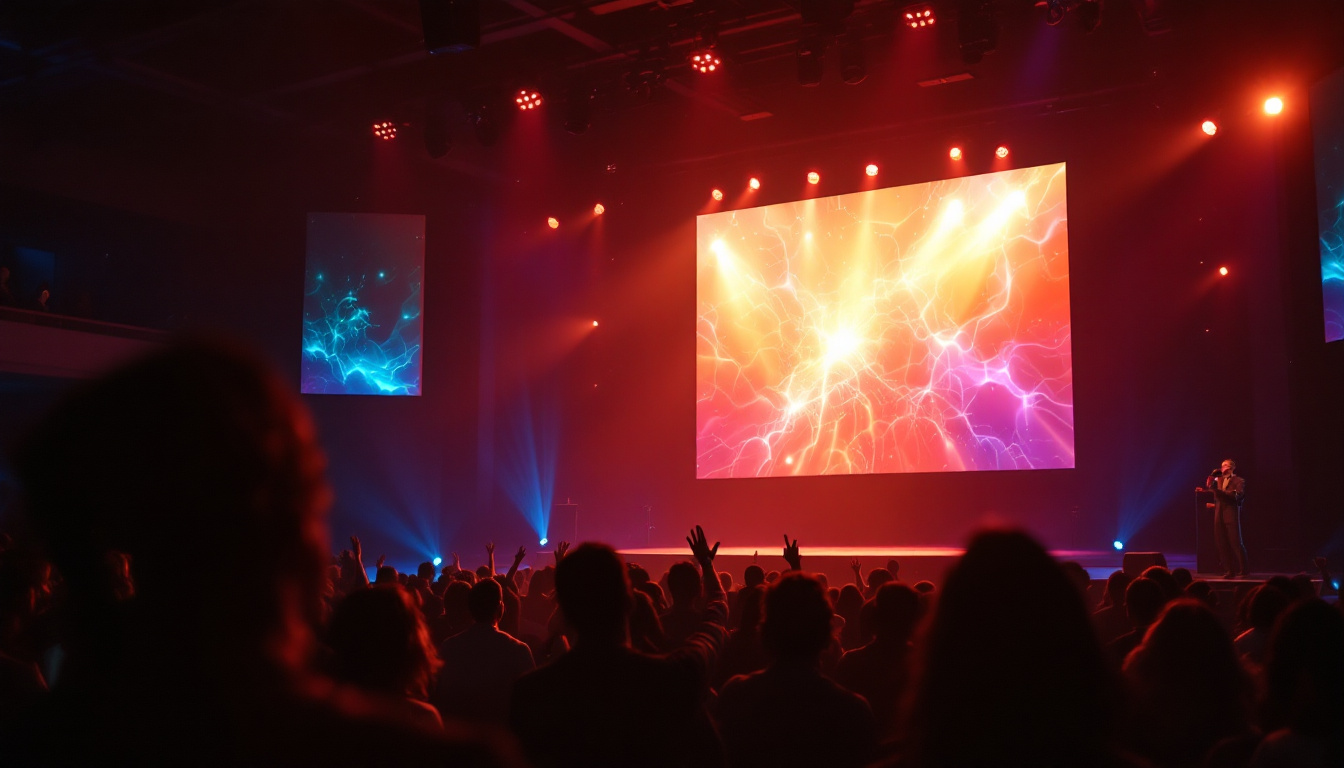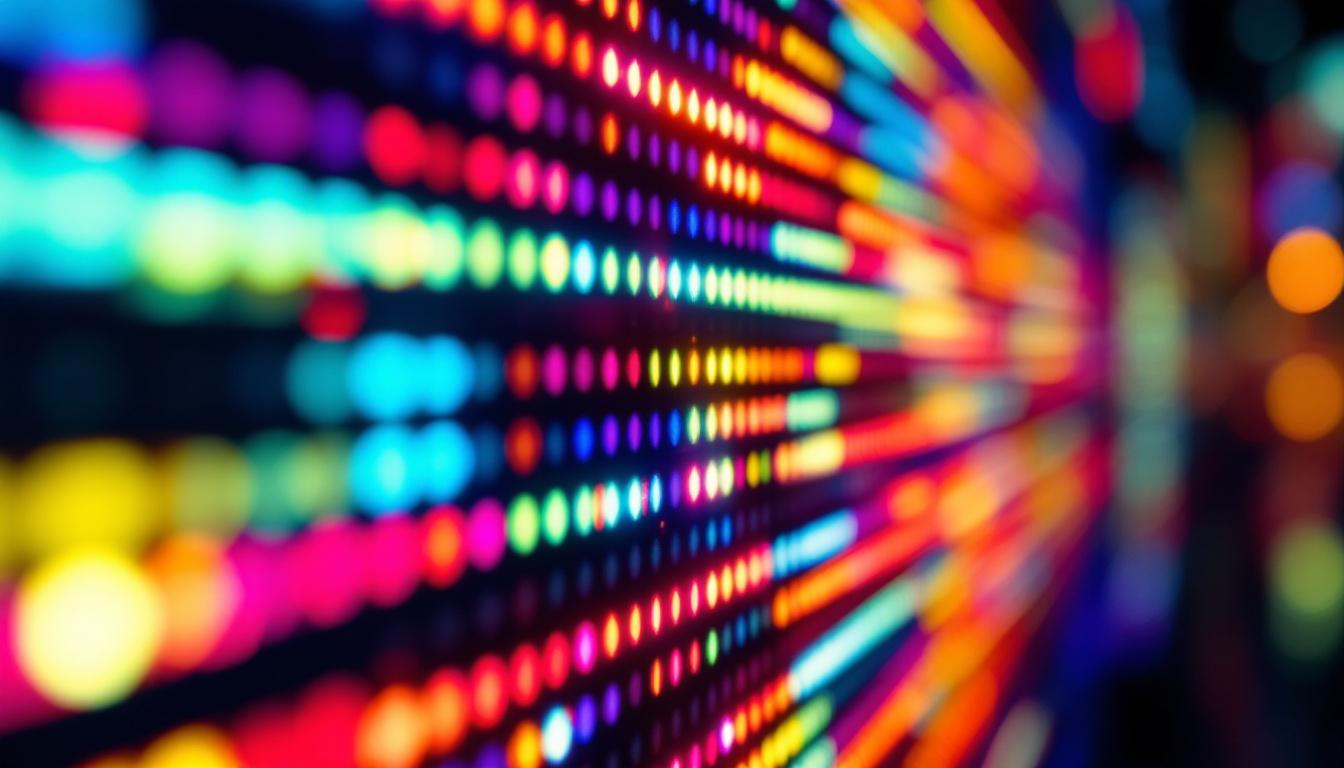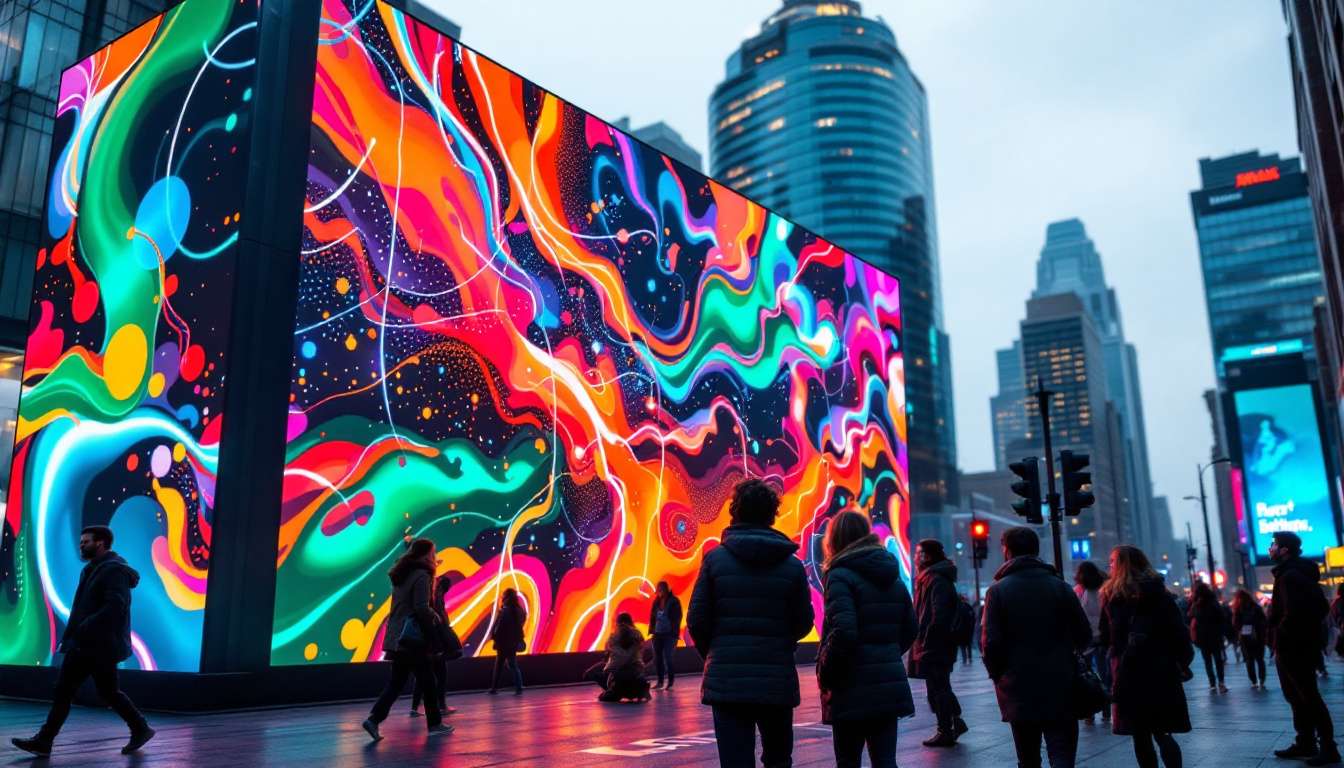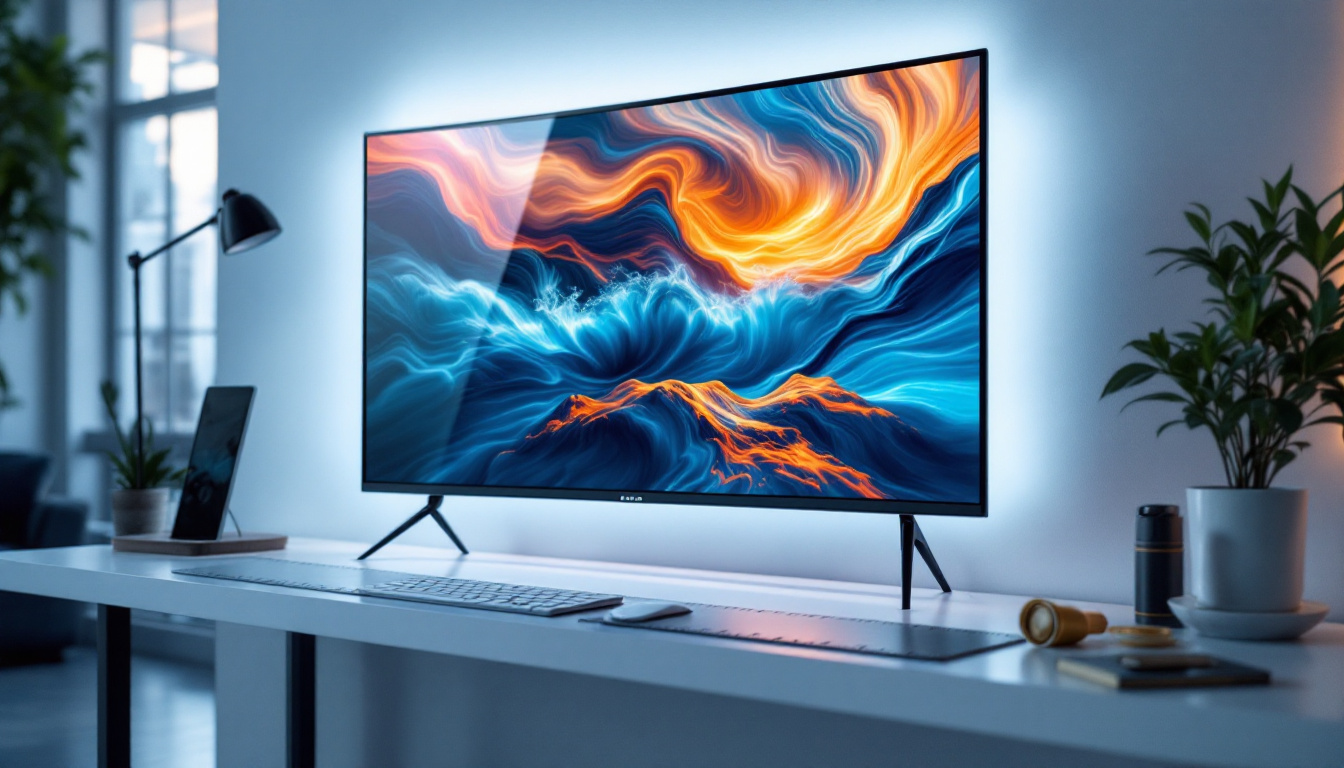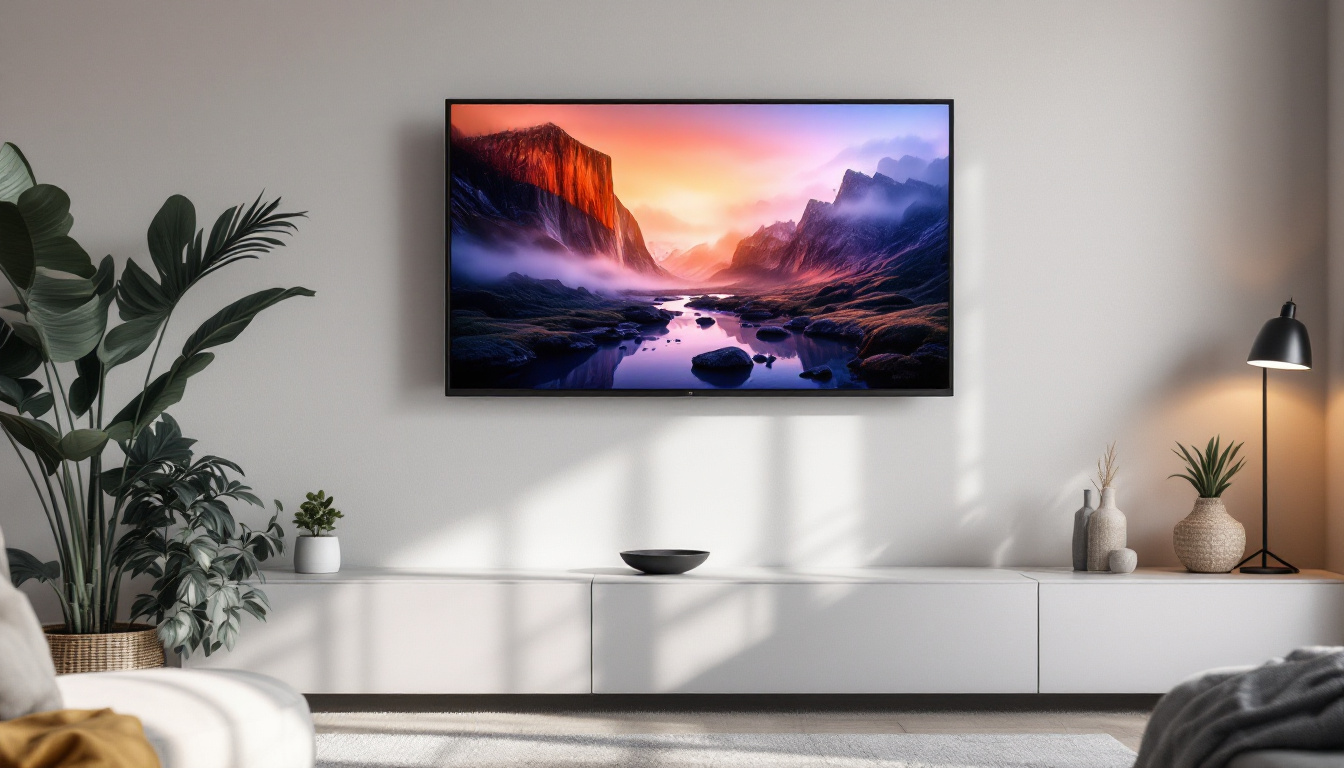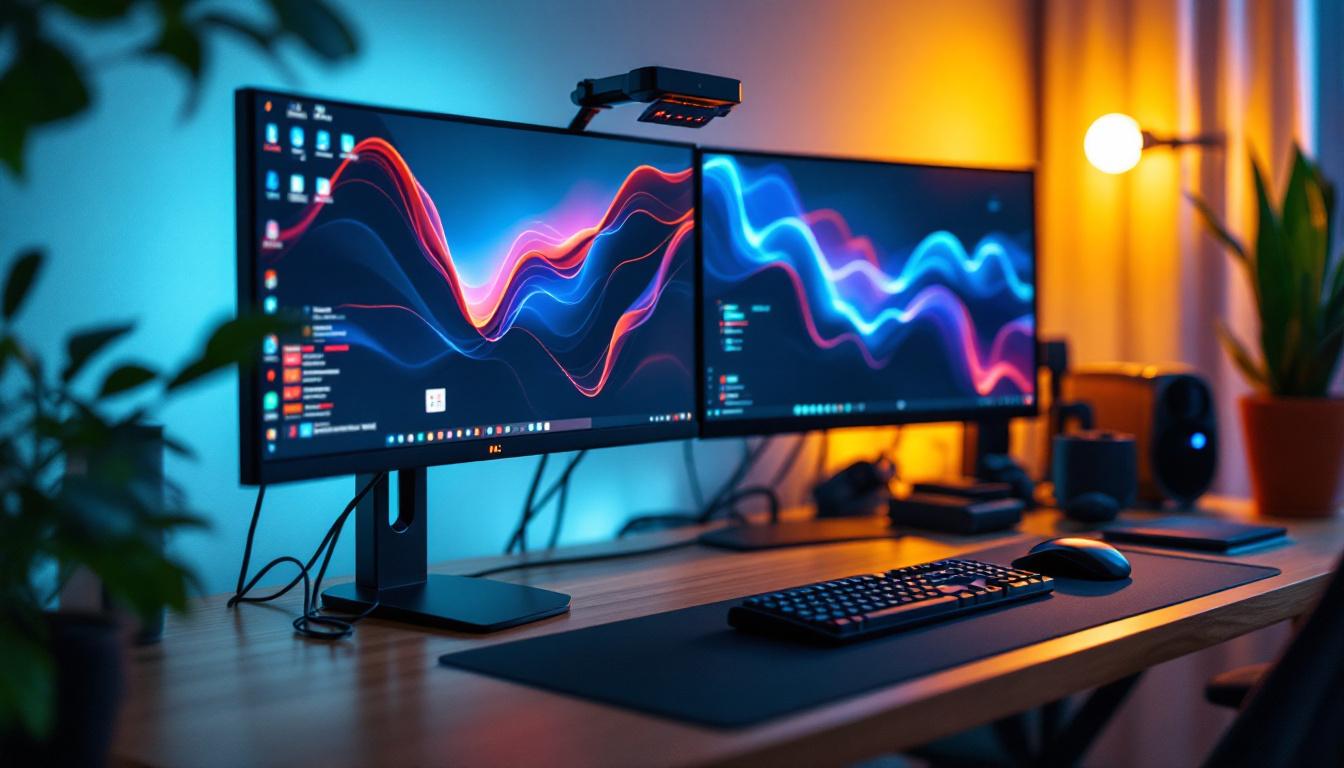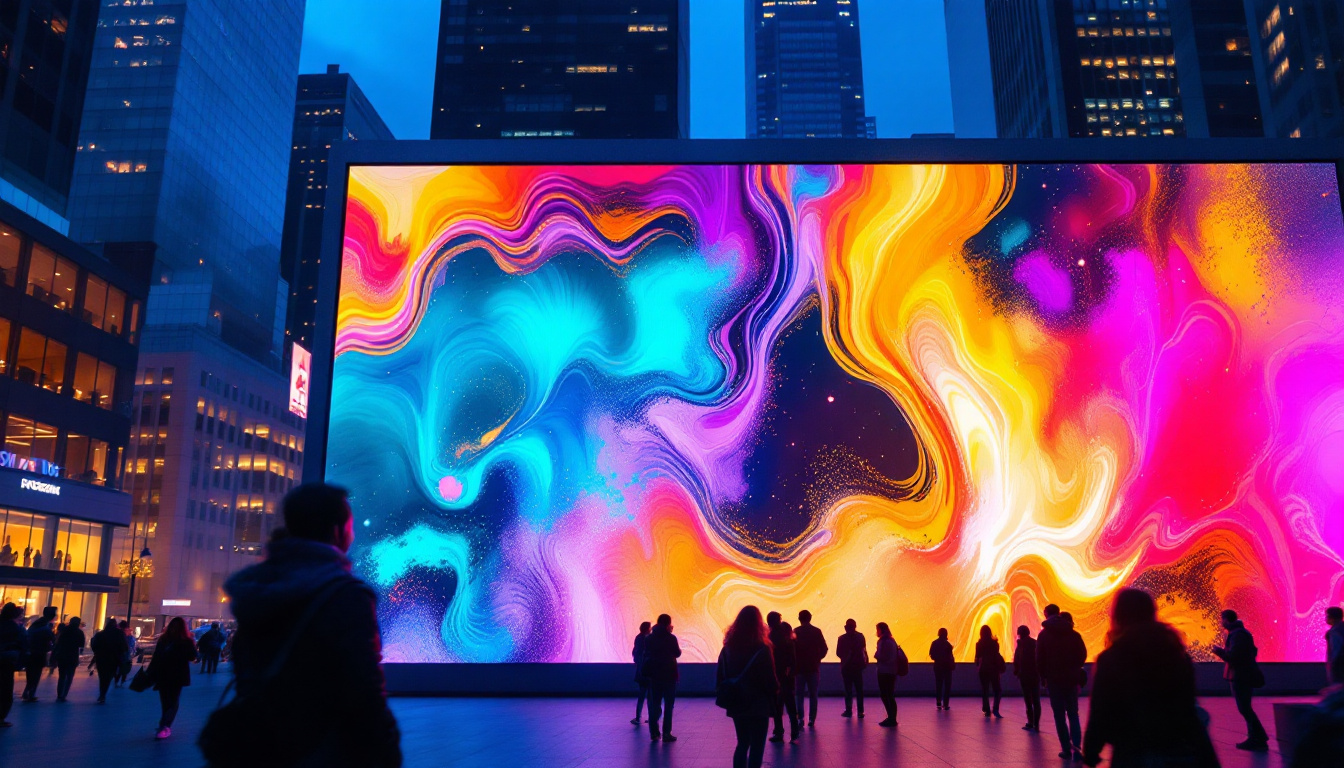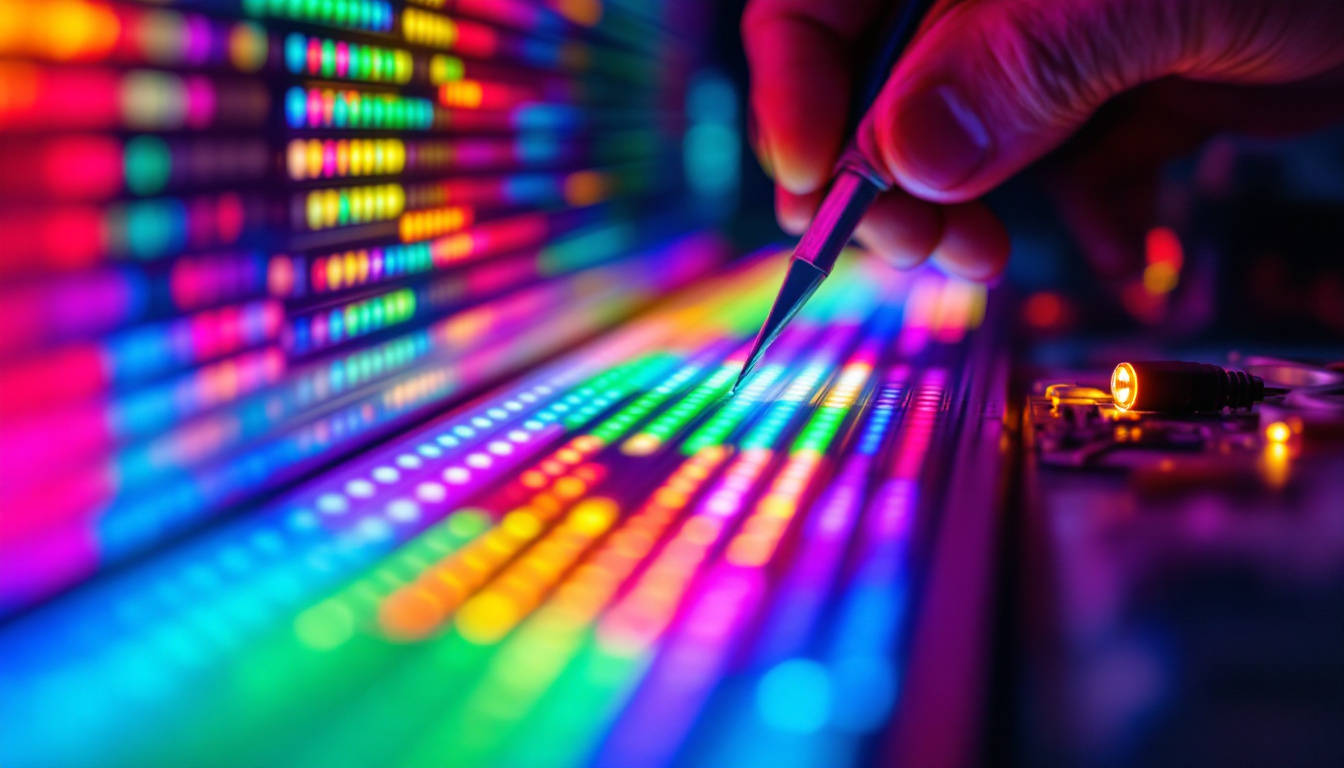In the realm of visual technology, projectors have carved out a significant niche, especially with the advent of LED displays. These devices have transformed the way presentations, movies, and gaming experiences are delivered. This article delves into the intricacies of LED projectors, their advantages, and how they compare to traditional projection technologies.
Understanding LED Projectors
LED projectors utilize light-emitting diodes (LEDs) as their light source, offering a range of benefits over conventional projectors that use lamps. The technology behind LED projectors has evolved significantly, making them a popular choice for both home and professional use.
How LED Projectors Work
The core function of an LED projector revolves around its light source. Unlike traditional projectors that use high-intensity discharge lamps, LED projectors employ a combination of red, green, and blue LEDs to create images. This method not only enhances color accuracy but also improves the longevity of the device.
When an image is projected, the LEDs illuminate the microdisplay, which can be either LCD or DLP technology. The microdisplay processes the image data, and the light is then projected onto a screen or wall. This combination of LED light sources and microdisplay technology results in vibrant, sharp images that can be viewed in various lighting conditions. Additionally, many LED projectors now incorporate advanced features such as keystone correction and lens shift, allowing for greater flexibility in setup and ensuring that images remain straight and undistorted, regardless of the projector’s position.
Advantages of LED Projectors
LED projectors come with a host of advantages that make them appealing to users. One of the most significant benefits is their longevity. LED lights can last up to 30,000 hours, far surpassing traditional bulbs that typically last around 2,000 to 5,000 hours. This longevity translates to lower maintenance costs and less frequent replacements.
Furthermore, LED projectors are known for their energy efficiency. They consume less power, which not only reduces electricity bills but also makes them more environmentally friendly. The compact size of LED projectors also allows for greater portability, making them ideal for both home use and on-the-go presentations. In addition, many models offer wireless connectivity options, enabling users to stream content directly from their smartphones, tablets, or laptops without the hassle of tangled cords. This feature is especially beneficial in educational or business settings, where quick and seamless transitions between presenters can enhance the overall experience.
Comparing LED Projectors to Traditional Projectors
When considering a projector for room wall use, it is essential to compare LED projectors with traditional options, such as those using incandescent or halogen lamps. Each type has its strengths and weaknesses, which can influence the decision-making process for potential buyers.
Brightness and Image Quality
Brightness is a crucial factor when selecting a projector, especially for environments with ambient light. Traditional projectors often boast higher lumen ratings, which can result in brighter images. However, LED projectors have made significant strides in this area, with many models providing sufficient brightness for most home and office settings.
Image quality is another critical aspect. LED projectors tend to produce more vibrant colors and deeper blacks compared to traditional projectors. This is largely due to the way LED technology can manipulate light, allowing for better contrast ratios and color fidelity. As a result, LED projectors are often favored for home theater setups where image quality is paramount. Furthermore, the longevity of LED light sources means that users can enjoy consistent image quality over time, without the gradual dimming that often accompanies traditional lamps.
Cost Considerations
Cost is always a consideration when purchasing technology. Traditional projectors may have a lower initial purchase price, but the long-term costs can add up due to lamp replacements and higher energy consumption. LED projectors, while sometimes more expensive upfront, can save money over time due to their durability and efficiency.
Additionally, the decreasing price of LED technology has made it more accessible, with many affordable options available on the market today. Buyers should weigh the initial investment against potential long-term savings when making their decision. Beyond just the purchase price, it is important to consider the overall value offered by a projector. Features such as built-in speakers, wireless connectivity, and smart capabilities can enhance the user experience, making it worthwhile to invest in a model that may be slightly pricier but offers more functionality. Moreover, the environmental impact of using energy-efficient LED projectors can also be a significant factor for eco-conscious consumers, as they contribute to lower carbon footprints over their lifespan compared to traditional models.
Choosing the Right LED Projector
With a variety of LED projectors available, selecting the right one can be daunting. Several factors should be considered to ensure that the chosen projector meets specific needs and preferences.
Resolution and Image Size
Resolution is a critical factor in determining the clarity of the projected image. Common resolutions include 720p, 1080p, and 4K. For home theater setups, a higher resolution is recommended to enjoy crisp, detailed images, especially on larger screens. Conversely, for presentations or casual viewing, lower resolutions may suffice.
Image size is another important consideration. LED projectors can project images ranging from a few inches to over 100 inches diagonally. It is essential to assess the available space and the intended use to determine the appropriate size for the projector. For instance, a projector intended for a large home theater room may require a model capable of projecting a much larger image, while a smaller unit may be perfect for a bedroom or office setting. Additionally, the distance between the projector and the screen can affect image quality, so understanding throw distance is crucial when setting up your projector.
Portability and Connectivity
Portability is a significant advantage of LED projectors. Many models are lightweight and compact, making them easy to transport for business presentations or outdoor movie nights. When selecting a projector, consider its weight and dimensions, especially if mobility is a priority. Some projectors even come with built-in batteries, allowing for true portability without the need for a power outlet, which is perfect for outdoor events or travel.
Connectivity options also play a vital role in the usability of a projector. Look for models that offer multiple input options, such as HDMI, USB, and wireless connectivity. This flexibility allows for easy connection to various devices, including laptops, smartphones, and streaming devices. Moreover, some projectors now feature smart capabilities, enabling users to stream content directly from platforms like Netflix or YouTube without needing an external device. This can significantly enhance the user experience, making it easier to enjoy a wide range of media without complicated setups.
Setting Up Your LED Projector
Once the right LED projector has been selected, the next step is setting it up for optimal performance. Proper installation and configuration can significantly enhance the viewing experience.
Choosing the Right Location
The location of the projector is crucial for achieving the best image quality. Ideally, the projector should be positioned at a distance that allows for a clear and appropriately sized image on the wall or screen. The distance can vary based on the projector’s specifications, so consulting the user manual is advisable.
Additionally, consider the ambient light in the room. While LED projectors perform well in various lighting conditions, minimizing glare and reflections can improve image quality. Using blackout curtains or positioning the projector away from direct light sources can help achieve better results.
Adjusting Settings for Optimal Performance
Once the projector is in place, adjusting the settings is essential for achieving the best image quality. Most LED projectors come with built-in menus that allow users to modify brightness, contrast, color settings, and more. Experimenting with these settings can lead to a more tailored viewing experience.
Additionally, many projectors offer keystone correction features to adjust the image shape, ensuring that it appears rectangular even if the projector is not perfectly aligned. Utilizing these features can enhance the overall viewing experience.
Maintaining Your LED Projector
Proper maintenance is key to prolonging the lifespan of an LED projector. While LED technology is generally low-maintenance, there are still steps that users can take to ensure optimal performance over time.
Regular Cleaning
Dust and debris can accumulate on the projector’s lens and vents, potentially affecting image quality and airflow. Regularly cleaning these components can help maintain performance. Use a soft, lint-free cloth to gently clean the lens, and ensure that the vents are free from obstructions.
It is also advisable to keep the projector in a clean environment, as this can reduce the frequency of cleaning required. Avoid placing the projector in areas with high dust levels or humidity, as these conditions can lead to more significant issues over time.
Software Updates
Many modern LED projectors come equipped with software that can be updated to improve performance and add new features. Regularly checking for and installing updates can enhance the user experience and ensure that the projector operates smoothly.
Consulting the manufacturer’s website or user manual can provide guidance on how to check for updates and perform installations. Keeping the software up to date can also help address any bugs or issues that may arise.
Conclusion
LED projectors represent a significant advancement in projection technology, offering numerous benefits over traditional options. Their longevity, energy efficiency, and superior image quality make them an attractive choice for various applications, from home theaters to business presentations.
By understanding the intricacies of LED projectors, comparing them to traditional technologies, and considering essential factors when making a purchase, users can make informed decisions that enhance their viewing experiences. Proper setup and maintenance further ensure that these devices continue to deliver exceptional performance for years to come.
As technology continues to evolve, LED projectors are likely to become even more sophisticated, making them a worthwhile investment for anyone looking to elevate their visual experiences.
Discover LumenMatrix LED Display Solutions
Ready to transform your space with unparalleled visual quality? LumenMatrix is at the forefront of LED display innovation, offering a diverse range of solutions tailored to your needs. Whether you’re looking to captivate your audience with an Indoor LED Wall Display, make a statement with an Outdoor LED Wall Display, or create a dynamic environment with our Custom and All-in-One LED Displays, we have the technology to bring your vision to life. Elevate your visual experience and share your message with clarity and impact. Check out LumenMatrix LED Display Solutions today and see the difference for yourself.

